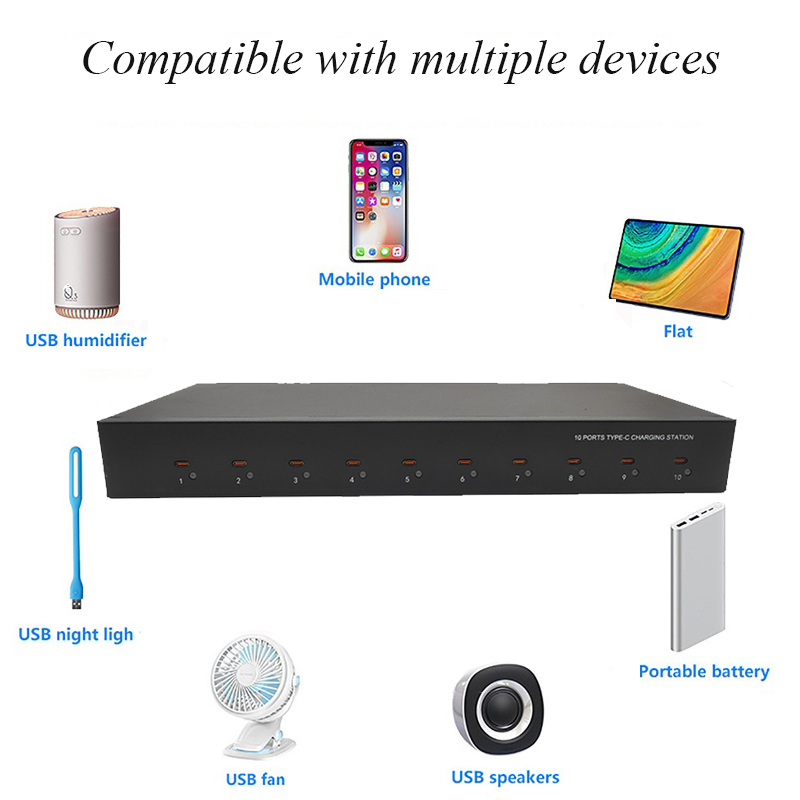As a crucial component of a car audio system, the amplifier plays an essential role in delivering high-quality sound. Whether you're a music enthusiast or simply looking to enhance your driving experience, a well-chosen amplifier can transform your car into a mobile entertainment center.
For many, selecting the right audio equipment can be a challenge. With so many options available, it's easy to feel overwhelmed by technical specifications and marketing claims. However, understanding the key factors when choosing an amplifier can help you make an informed decision that suits your needs and budget.
In this guide, we’ll walk you through some important considerations when selecting a car amplifier, ensuring you get the best performance for your investment.
Establish a Common Benchmark for Comparing Amplifier Power
Power is one of the most critical parameters when evaluating an amplifier. It determines how effectively the system can drive speakers and deliver clear, dynamic sound. However, different manufacturers may use varying standards to measure power, making it difficult to compare products without proper knowledge.
To ensure accurate comparisons, pay attention to three key aspects when reviewing amplifier specifications:
First, the battery voltage. In a car, the voltage typically fluctuates around 12V during operation. Amplifiers labeled with 12V/100W will perform more reliably under real-world conditions than those rated at 14.4V/100W. The latter may not reflect actual performance unless the vehicle’s electrical system is consistently above 12V.
Second, the Total Harmonic Distortion (THD). When comparing continuous power output, ensure that the THD values are consistent. A higher THD can lead to distorted or noisy sound, even if the power rating appears impressive. Always check the THD value alongside the power specification.
Third, the frequency range. The amplifier’s power should be measured across the full range it is intended to handle. If only a narrow band is tested, the power rating may not reflect its true performance in real listening environments.
Once you have a consistent benchmark, you can compare amplifiers more effectively. Generally, a higher power output means better speaker control and a more robust sound. The amplifier’s power should exceed the speaker’s rated power to avoid damage and ensure optimal performance over time.
What Makes a High-Quality Power Amplifier?
Beyond raw power, a top-tier amplifier must also respond quickly to musical peaks and support powerful subwoofers while maintaining low distortion and noise levels. To achieve this, consider the following features:
First, a high-performance power supply. This is crucial for clean and stable sound. A dedicated power supply unit, combined with a large transformer and capacitors, ensures quick current delivery and reduces noise interference.
Second, a built-in parametric equalizer. Car audio systems often face unique acoustic challenges due to limited space and sound reflections. A parametric EQ allows precise adjustments to compensate for these issues, resulting in a smoother and more balanced sound field.
Additionally, a built-in crossover offers significant benefits. It helps manage frequency distribution between speakers and subwoofers, improving overall system performance. Using an internal crossover simplifies installation, reduces wiring complexity, and avoids potential noise issues that come with external units.
Understanding Different Amplifier Uses
Choosing the right amplifier isn’t just about reading specs from a manual. It requires considering the entire sound system and possibly consulting experienced users or professionals. Amplifiers can be categorized based on their purpose:
1. Subwoofer-specific amplifiers: These include built-in filters to eliminate the need for external components.
2. Equalizer-equipped amplifiers: Allow customization of sound based on personal preference or vehicle acoustics.
3. 5-channel amplifiers: Ideal for compact setups, offering flexibility without requiring multiple units.
4. Multi-chip X-card amplifiers: Provide advanced crossover options like Qualcomm, Bandpass, and Lowpass for tailored sound tuning.
5. Modular electronic splitter amplifiers: Enable flexible signal routing, allowing one amplifier to serve multiple functions by swapping modules.
While this guide covers some essential tips, achieving the perfect car audio system often requires professional design and installation. By understanding these factors, you can make a more informed choice and enjoy a superior listening experience on the road.
10-Port Type-C Cabinet Charging Station

10-Port Quick Charger,10-Port Type-C Cabinet Charging Station,Type-C Cabinet Smart Charging Station
shenzhen ns-idae technology co.,ltd , https://www.best-charger.com